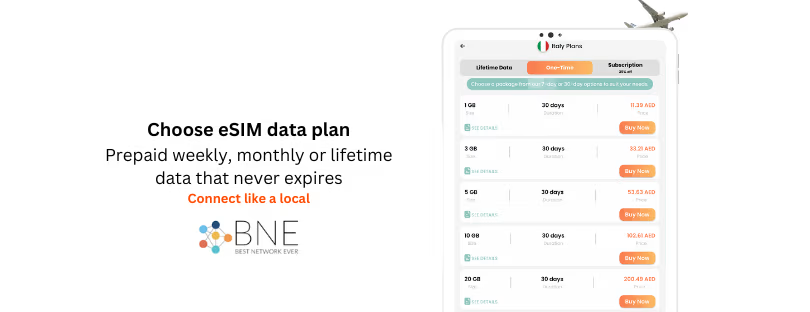
North Africa Embraces eSIM: Morocco & Tunisia Are Leading the Digital Shift
Morocco, experiencing a steady rebound in tourism, is set to welcome millions of international visitors in 2025. As Moroccan citizens also seek more efficient ways to access mobile data while abroad, eSIM offerings tailored to the country are gaining traction. The Morocco eSIM for travelers enables quick, remote activation of data services, ensuring seamless connectivity across popular destinations like Casablanca, Marrakech, and Fes. This growing trend highlights Morocco’s enthusiasm for digital mobility solutions.
Similarly, Tunisia has seen a significant uptick in eSIM adoption, especially among foreign visitors exploring cities like Tunis, Sousse, and Djerba. The Tunisia eSIM facilitates easy mobile data access without the need for a physical SIM, perfect for short-term visitors or those crossing regional borders.
The Significance of eSIMs for African Travelers
eSIM technology is transforming the way people in North Africa and across the continent stay connected, particularly in countries with high mobility and digital adoption like Morocco, Tunisia, Algeria, and Egypt. For travelers and residents, eSIMs provide a flexible and secure alternative to traditional SIM cards, especially when crossing borders or traveling within the region.
eSIMs can be downloaded and activated remotely, eliminating the need to handle physical SIM cards. This is particularly advantageous in regions with limited SIM availability or for those constantly on the move, making eSIMs an ideal solution for the modern traveler.
Industry experts highlight Africa as a key emerging market for eSIM growth, with increased smartphone penetration and a rising demand for cross-border digital services driving adoption.
Supporting North Africa’s Digital Transformation
North African governments and telecom operators are actively working to modernize their infrastructure and expand digital access. The integration of eSIM technology aligns with these broader efforts, enhancing mobile accessibility while minimizing the reliance on physical distribution networks.
Additionally, eSIM technology supports sustainability objectives by reducing plastic waste associated with traditional SIM cards and packaging.
Looking Ahead: eSIM’s Growing Presence in North Africa
As more devices come equipped with eSIM functionality and consumer awareness continues to rise, the adoption of eSIM technology in North Africa is expected to accelerate. This shift promises easier access to reliable mobile data for both local residents and international travelers, eliminating the need for cumbersome traditional SIM card purchases.
With the flexibility of eSIMs, travelers can effortlessly navigate North Africa’s vibrant cities—from the bustling souks of Marrakech to the ancient streets of Tunis—staying connected throughout their journey with minimal effort and maximum convenience.










